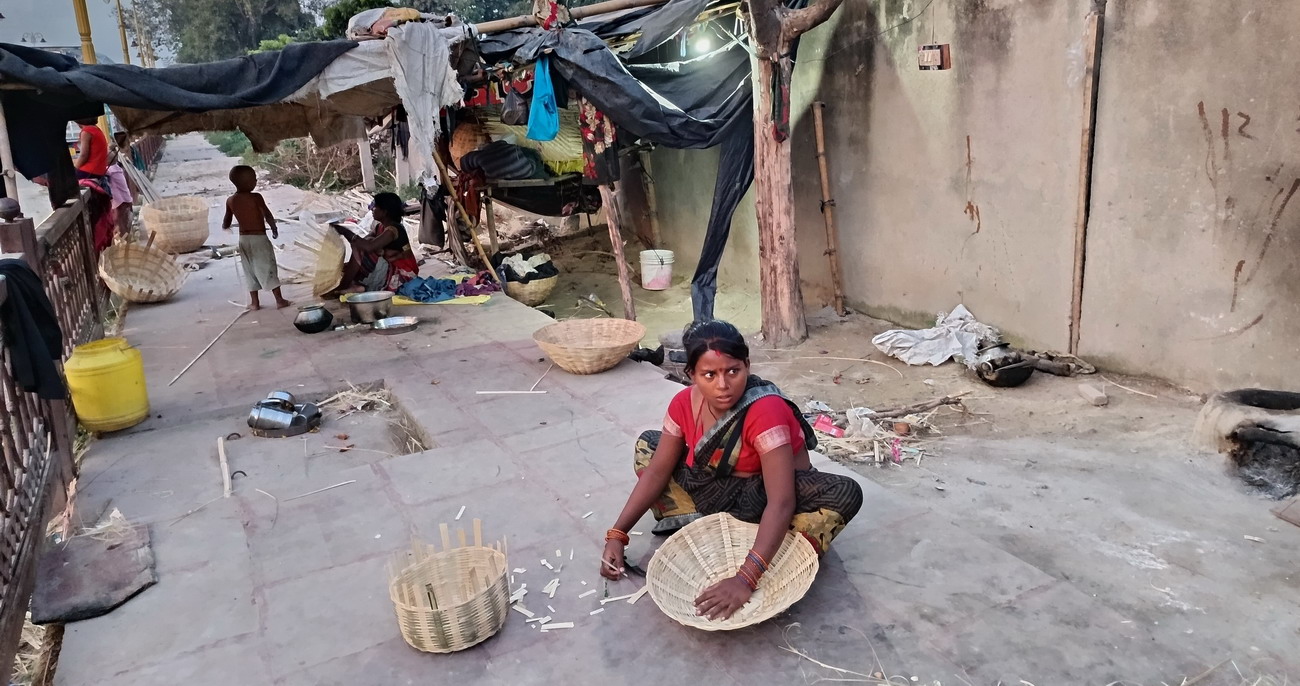
By AIDMI Team, India
As climate change intensifies, extreme heat events are becoming more frequent and severe, posing significant risks to human health, agriculture, and economic stability. Parametric insurance has emerged as an innovative financial solution to address these challenges, offering swift and efficient payouts based on predefined temperature thresholds rather than traditional loss assessments.
Parametric heat insurance operates on a simple premise: when temperatures exceed predetermined levels for a specified duration, automatic payouts are triggered. This approach eliminates the need for time-consuming damage assessments and reduces administrative costs, making it particularly attractive for addressing heat-related risks in vulnerable communities.
The effectiveness of parametric insurance in addressing heat risks lies in its ability to provide rapid liquidity when it’s most needed. For instance, in urban areas, funds can be immediately deployed for emergency cooling centres, public health interventions, and support for vulnerable populations. In agricultural contexts, farmers can receive compensation quickly to implement adaptive measures or offset crop losses, maintaining financial stability despite extreme weather events.
Developing countries, which often bear the brunt of climate change impacts, stand to benefit significantly from parametric insurance schemes. These nations frequently lack the financial resources to respond effectively to extreme heat events, and traditional insurance products may be either unavailable or prohibitively expensive. Parametric insurance offers a more accessible alternative, with clear triggers and rapid payouts enabling proactive risk management and enhanced resilience.
Recent implementations have demonstrated the potential of this approach. In India, parametric insurance programs have been piloted to protect communities against various climate risks, including extreme heat. These initiatives have shown promising results in providing timely financial support to affected populations and reducing the economic impact of climate-related events.
The gender dimension of parametric insurance is particularly significant given women’s heightened vulnerability to extreme heat. Research has shown that women face disproportionate risks from rising temperatures due to physiological factors, socioeconomic conditions, and traditional gender roles that often involve outdoor work during peak heat hours. Parametric insurance schemes can be specifically designed to address these gender-specific vulnerabilities by incorporating women’s unique exposure patterns and needs into trigger mechanisms and payout structures. In Fiji, for example, parametric insurance programs have been tailored to protect women’s livelihoods and enhance their adaptive capacity against climate risks.
However, challenges remain in scaling up parametric heat insurance. These include the need for reliable temperature data, appropriate trigger design, and sustainable pricing models. Collaboration between governments, insurers, and international organizations is crucial for overcoming these obstacles and developing effective solutions.
Looking ahead, the integration of advanced weather monitoring systems and climate modelling could further enhance the precision and effectiveness of parametric heat insurance. This, combined with increasing recognition of its value in climate adaptation strategies, suggests a growing role for parametric insurance in addressing extreme heat risks globally.
References: